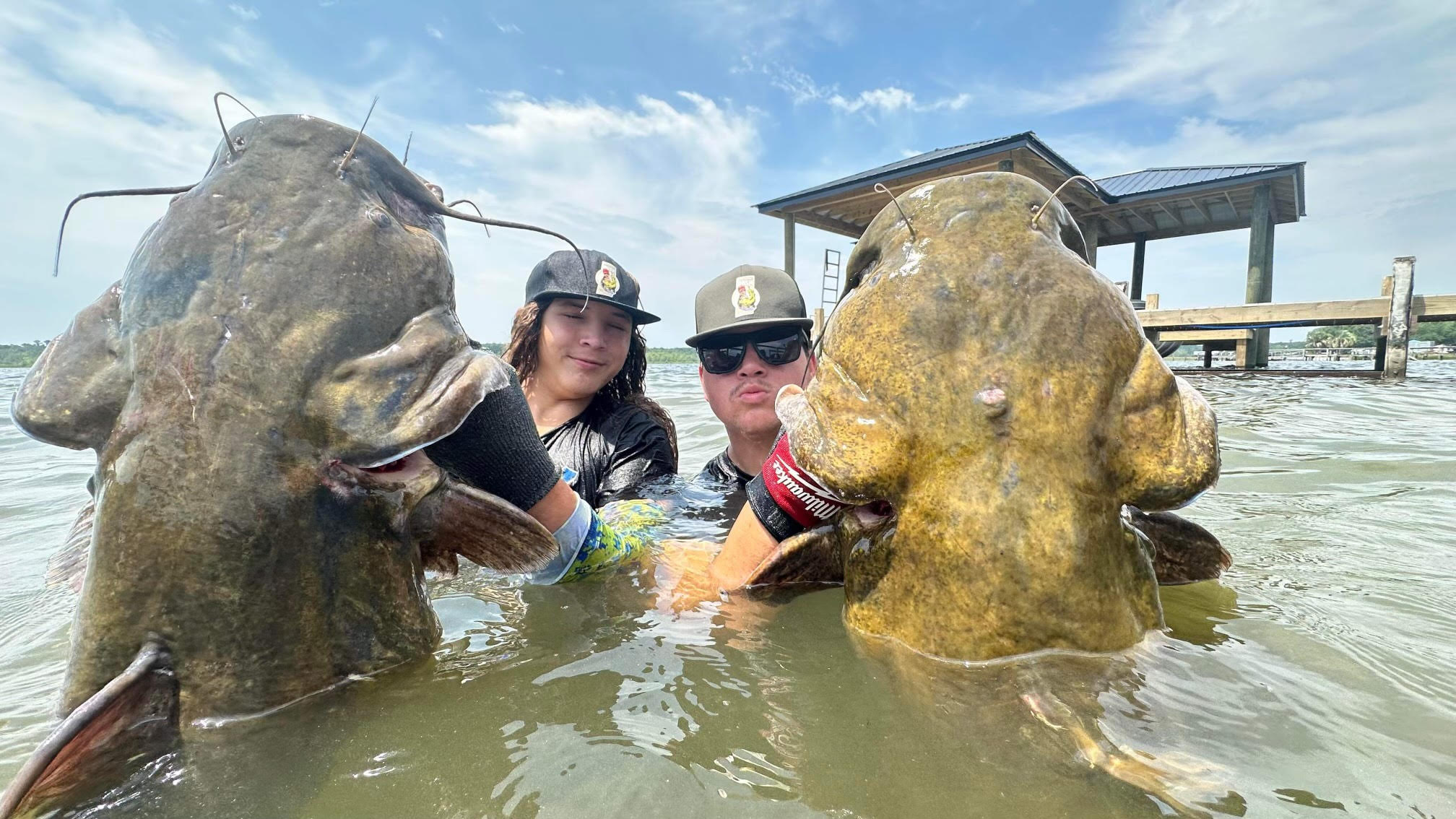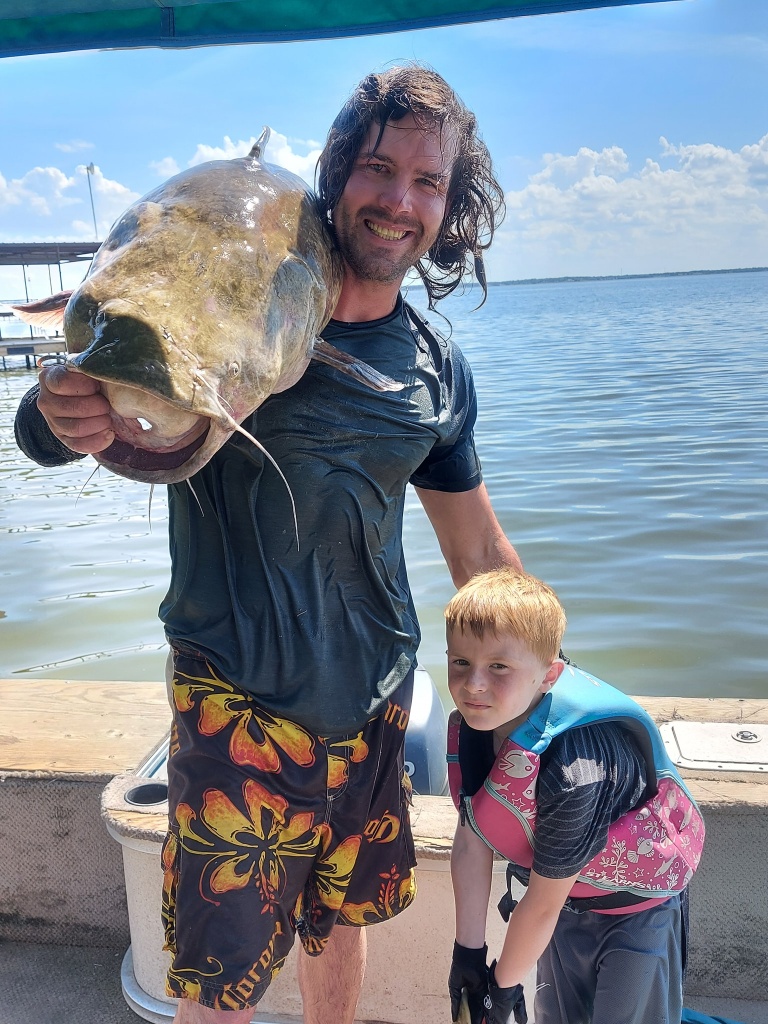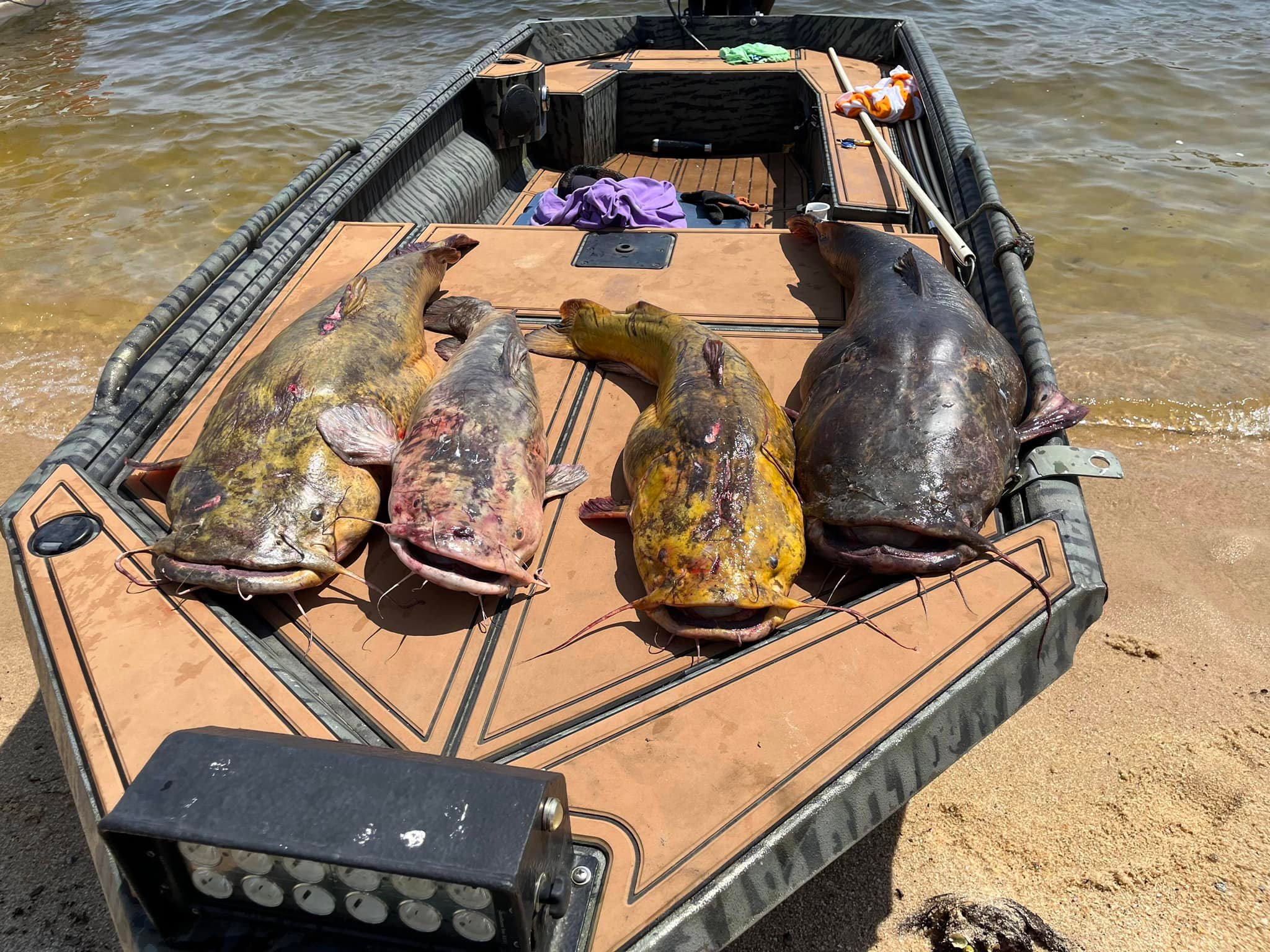Noodling, or hand-fishing, is an exhilarating way to catch catfish, but it comes with its own set of risks. Ensuring your safety while engaging in this hands-on sport is crucial. This guide provides essential tips and best practices to help you stay safe while enjoying the thrill of noodling.
1. Always Go with a Partner
Noodling can be unpredictable, and having a partner is essential for safety. A buddy can assist if you get stuck, need help wrestling a large fish, or face unexpected dangers like strong currents or underwater hazards.
Pro Tip: Establish a communication plan with your partner before getting in the water. Hand signals or simple verbal cues can be lifesaving.
2. Be Aware of Underwater Hazards
Catfish hide in submerged logs, crevices, and undercut banks, which can be dangerous for noodlers. Be cautious of:
-
Snakes – Some species, like cottonmouths, may be territorial.
-
Snapping Turtles – These can deliver a powerful bite if disturbed.
-
Alligators – Common in some South Carolina waters, they should be avoided.
-
Sharp Debris – Broken glass, metal, and other underwater hazards can cause injury.
Pro Tip: Scan the area before entering the water and choose locations known to be safe for noodling.
3. Wear Protective Gear
Though noodling is traditionally done bare-handed, wearing the right gear can prevent injuries.
-
Gloves – Protect against catfish spines, sharp rocks, and other hazards.
-
Water Shoes – Prevent cuts and provide better traction on slippery riverbeds.
-
Long-Sleeved Rash Guard – Protects against scrapes and abrasions.
Pro Tip: Choose gloves with reinforced palms for added grip when handling large catfish.
4. Know Your Limits
Catfish are strong, and some can weigh over 50 pounds. If a fish is too large to handle, don’t risk injury by trying to overpower it.
Pro Tip: Practice your grip strength and technique before heading out. Start with smaller fish before attempting to land a trophy catfish.
5. Be Mindful of Water Conditions
Strong currents, murky water, and deep holes can make noodling dangerous. Avoid areas with:
-
Fast-moving water – This can make it difficult to stay balanced and control your movements.
-
High Water Levels – After heavy rain, rivers may be deeper and currents stronger.
-
Low Visibility – If you can’t see well underwater, hazards may be harder to detect.
Pro Tip: Check weather and water conditions before heading out and avoid noodling alone in deep or murky water.
6. Know the Regulations
South Carolina allows noodling, but it’s essential to follow local laws and regulations, including:
-
Seasonal Restrictions – Some areas may have specific times when noodling is allowed.
-
Size and Catch Limits – Regulations exist to protect fish populations.
-
Licensing Requirements – Ensure you have the proper permits before noodling.
For the latest rules, visit the SCDNR noodling regulations.
Safety Comes First
Noodling is an exciting and challenging way to fish, but safety should always come first. By following these guidelines, you can minimize risks and maximize your chances of a successful and enjoyable noodling adventure.
Looking for expert guidance on your first noodling trip? Check out our Venku-guided experiences for the best local trips and safety-focused adventures!



